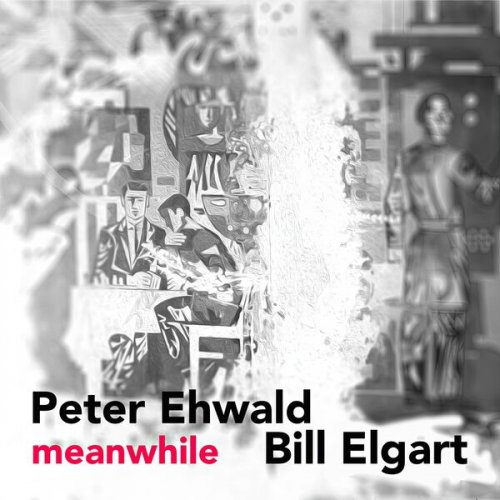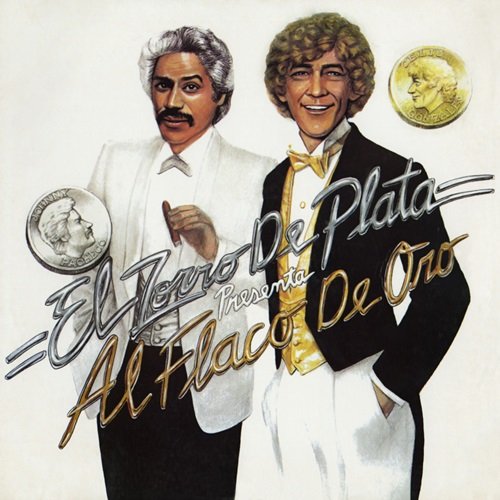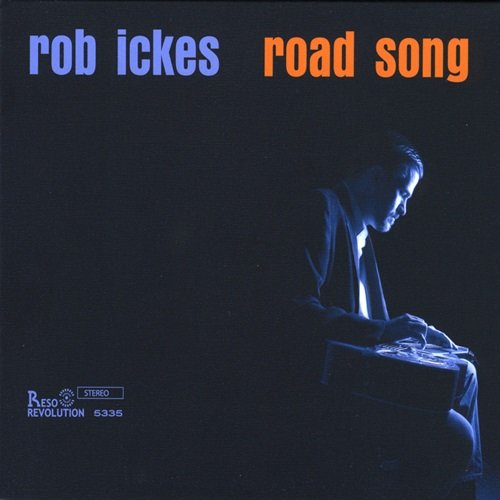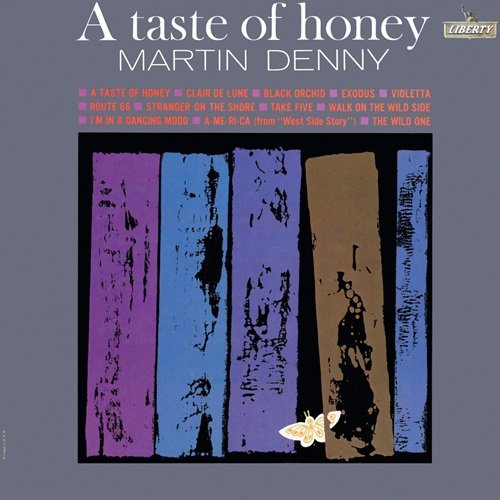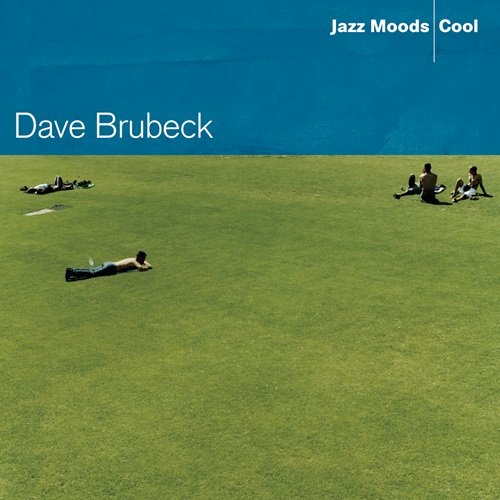Sun Ra - The Solar-Myth Approach Vol. 2 (Remastered 2020)
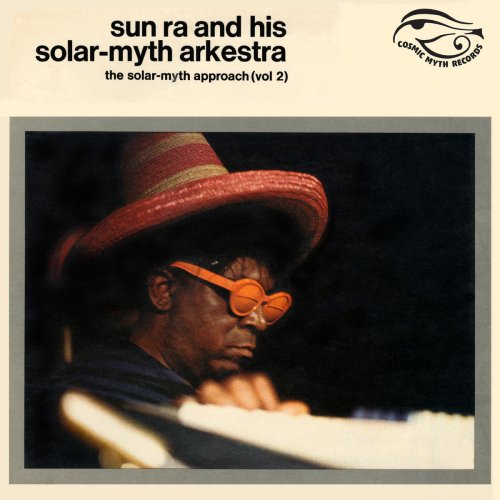
Artist: Sun Ra
Title: The Solar-Myth Approach Vol. 2
Year Of Release: 2020
Label: Cosmic Myth Records
Genre: Jazz, Avantgarde, Experimental
Quality: FLAC (tracks)
Total Time: 58:33 min
Total Size: 253 MB
WebSite: Album Preview
Tracklist:Title: The Solar-Myth Approach Vol. 2
Year Of Release: 2020
Label: Cosmic Myth Records
Genre: Jazz, Avantgarde, Experimental
Quality: FLAC (tracks)
Total Time: 58:33 min
Total Size: 253 MB
WebSite: Album Preview
01. The Utter Nots
02. Outer Spaceways Incorporated
03. Scene 1 Take 1 (LP Version)
04. Pyramids
05. Interpretation
06. Ancient Ethiopia
07. Strange Worlds
08. Scene 1 Take 1 (True-Speed Version)
The Solar-Myth Approach was first issued in 1971 as a double LP set on the French BYG/Actuel label, then repackaged as two stand-alone volumes in 1972. Founded in 1967, BYG was associated with the maverick arts journal Actuel. The label issued dozens of fascinating and groundbreaking free jazz, experimental, and psychedelic releases before a seemingly abrupt—and controversial—late-1972 bankruptcy. The pot-head pixies in the band Gong recalled that "during the making of [our album] Flying Teapot in January 1973, the band learned that the record company had gone bust, its Paris office stripped bare, no phones working. The band was abandoned at the Manor Studios midway through the album." The label died without a lawful successor—but not without litigation and lawsuits.
Sun Ra had licensed or sold the Solar-Myth recordings to BYG. (The terms of the agreement are unknown because no copy could be located for review, but the distinction between license and sale has been rendered moot by subsequent events. It's even possible there was never a written agreement. See below.) In the absence of any valid successor label claim, rights to both Solar-Myth albums reverted to the artist (and later, to his heirs). However, through a series of subterfuges, a label that rose from the ashes of BYG, Charly Records, founded by one of the BYG partners, assumed ownership of countless BYG releases without any provable chain-of-title. BYG and Charly are separate and unrelated companies with one overlapping principal on their letterheads. It's possible (we're agnostic) that some artists who appeared on BYG were later signed to Charly. Gong wasn't. Neither was Sun Ra. Search online and you'll find allegations of impropriety against Charly for non-payment of royalties, false ownership claims, infringement, and illicit releases. Besides Gong, plaintiffs and accusers included Nina Simone, George Clinton, Ian McLagan, and MCA Records. A number of these complaints went to court. According to a well-known indie rocker, "At the 2005 Ponderosa Stomp in Memphis, Syl Johnson went on a tirade from the stage about Charly putting out his music without proper authorization. His rant was so hilarious that I felt compelled to purchase the Charly CD from the merch stand after his set."
Since the demise of BYG, the Solar-Myth Approach albums have been reissued without legitimacy in a series of ever worsening-quality packages in various formats. The Charly reissues were inferior to the BYG originals (and displayed different cover art), and a dreadful off-pitch, out-of phase 2-CD bootleg appeared on the Fuel label in 2001.
On a qualitative level, this 2020 Cosmic Myth remastering from best-available sources (tapes and discs) constitutes an upgrade. Are they perfect? Of course not—these are Sun Ra recordings. But countless audio flaws—some dating from the original sessions, others from careless mastering—have been repaired.
Style-wise, the albums are a grab-bag of tracks from various undocumented sessions in New York and Philadelphia in the 1960s, while some possibly date to the late 1950s when Ra and the Arkestra were based in Chicago. (Ra decamped to New York in 1960, and to Philly in 1968, though he continued to record in NYC at Variety Studios for years.) There are no specific session logs for these tracks, and an identical personnel roster appears on both Solar-Myth LPs. Ra was not a meticulous annotator of his own releases. Ever the cosmic jester, he was inclined towards fabrication and wanton "misdirection"; the listed players, dates, locations, even titles, are sometimes unreliable. (To paraphrase author Bob Mielke, "Sun Ra's not for real—he's for myth!") Ra scholars can generally identify players by style and estimate recording years and determine location by sleuthing the revolving membership of the Arkestra; in addition, arranging techniques, instrumentation, title copyrights, concert itineraries, and studio atmosphere offer clues.
As with many albums compiled by the bandleader from disparate sessions, there's something on the Solar-Myth albums for every Ra fan to love—and some things that casual fans will find less "lovable." As we've noted before, with Sun Ra you get everything but consistency and predictability. The Solar-Myth tracks careen to extremes, styles are juxtaposed in a non sequitur fashion, and audio quality fluctuates. For a Sun Ra album, this qualifies as "cohesive." Some titles have entered the Ra canon (e.g., "Satellites Are Spinning," "They'll Come Back" "Outer Spaceways Inc."), while others appear here and nowhere else (e.g., "Realm of Lightning," "The Utter Nots," "The Adventures of Bugs Hunter").
Because we're big fans of RODGER COLEMAN's "Sun Ra Sundays" blog, we'll let Rodger (from Sept. 2009) illuminate the contents of Volume 2, and we'll offer some closing observations below.
Sun Ra had licensed or sold the Solar-Myth recordings to BYG. (The terms of the agreement are unknown because no copy could be located for review, but the distinction between license and sale has been rendered moot by subsequent events. It's even possible there was never a written agreement. See below.) In the absence of any valid successor label claim, rights to both Solar-Myth albums reverted to the artist (and later, to his heirs). However, through a series of subterfuges, a label that rose from the ashes of BYG, Charly Records, founded by one of the BYG partners, assumed ownership of countless BYG releases without any provable chain-of-title. BYG and Charly are separate and unrelated companies with one overlapping principal on their letterheads. It's possible (we're agnostic) that some artists who appeared on BYG were later signed to Charly. Gong wasn't. Neither was Sun Ra. Search online and you'll find allegations of impropriety against Charly for non-payment of royalties, false ownership claims, infringement, and illicit releases. Besides Gong, plaintiffs and accusers included Nina Simone, George Clinton, Ian McLagan, and MCA Records. A number of these complaints went to court. According to a well-known indie rocker, "At the 2005 Ponderosa Stomp in Memphis, Syl Johnson went on a tirade from the stage about Charly putting out his music without proper authorization. His rant was so hilarious that I felt compelled to purchase the Charly CD from the merch stand after his set."
Since the demise of BYG, the Solar-Myth Approach albums have been reissued without legitimacy in a series of ever worsening-quality packages in various formats. The Charly reissues were inferior to the BYG originals (and displayed different cover art), and a dreadful off-pitch, out-of phase 2-CD bootleg appeared on the Fuel label in 2001.
On a qualitative level, this 2020 Cosmic Myth remastering from best-available sources (tapes and discs) constitutes an upgrade. Are they perfect? Of course not—these are Sun Ra recordings. But countless audio flaws—some dating from the original sessions, others from careless mastering—have been repaired.
Style-wise, the albums are a grab-bag of tracks from various undocumented sessions in New York and Philadelphia in the 1960s, while some possibly date to the late 1950s when Ra and the Arkestra were based in Chicago. (Ra decamped to New York in 1960, and to Philly in 1968, though he continued to record in NYC at Variety Studios for years.) There are no specific session logs for these tracks, and an identical personnel roster appears on both Solar-Myth LPs. Ra was not a meticulous annotator of his own releases. Ever the cosmic jester, he was inclined towards fabrication and wanton "misdirection"; the listed players, dates, locations, even titles, are sometimes unreliable. (To paraphrase author Bob Mielke, "Sun Ra's not for real—he's for myth!") Ra scholars can generally identify players by style and estimate recording years and determine location by sleuthing the revolving membership of the Arkestra; in addition, arranging techniques, instrumentation, title copyrights, concert itineraries, and studio atmosphere offer clues.
As with many albums compiled by the bandleader from disparate sessions, there's something on the Solar-Myth albums for every Ra fan to love—and some things that casual fans will find less "lovable." As we've noted before, with Sun Ra you get everything but consistency and predictability. The Solar-Myth tracks careen to extremes, styles are juxtaposed in a non sequitur fashion, and audio quality fluctuates. For a Sun Ra album, this qualifies as "cohesive." Some titles have entered the Ra canon (e.g., "Satellites Are Spinning," "They'll Come Back" "Outer Spaceways Inc."), while others appear here and nowhere else (e.g., "Realm of Lightning," "The Utter Nots," "The Adventures of Bugs Hunter").
Because we're big fans of RODGER COLEMAN's "Sun Ra Sundays" blog, we'll let Rodger (from Sept. 2009) illuminate the contents of Volume 2, and we'll offer some closing observations below.
